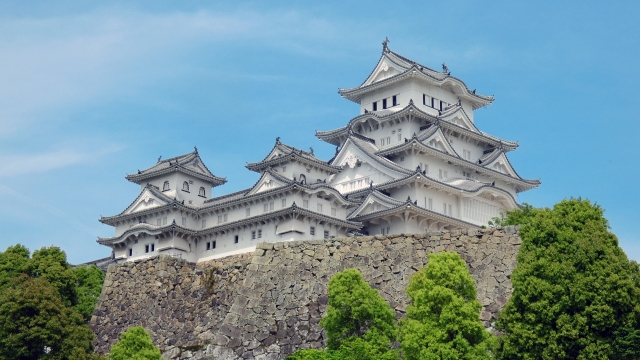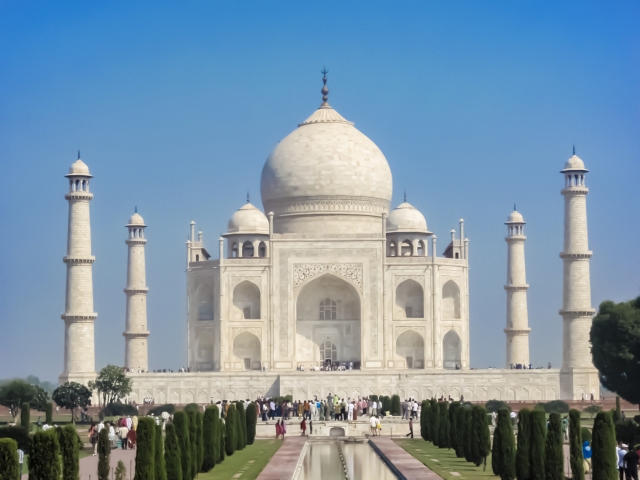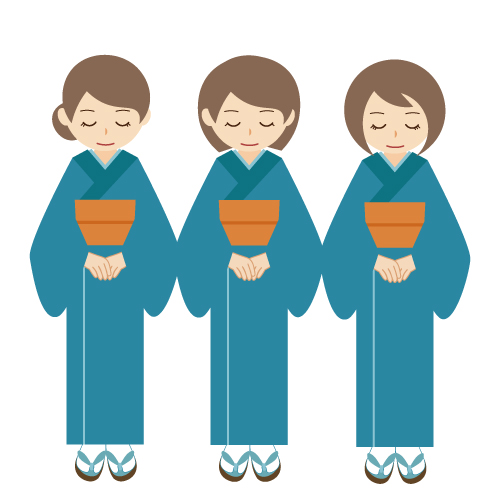Japan’s Economic Shift from the 1980s to the 1990s

Japan was celebrated as an economic powerhouse during the 1980s and 1990s. However, the current economic situation has changed significantly. The long-lasting deflation has led to low prices but also stagnant wage levels. Currently, the government-set minimum wage averages 1004 yen per hour nationwide (the highest being 1113 yen in Tokyo and the lowest being 893 yen in Iwate Prefecture). Increasingly, young people are leaving Japan in search of part-time jobs in countries with higher wage levels. On the other hand, for those visiting Japan from abroad, the combination of low wages and the benefits of a weak yen allows them to receive services at a lower cost.
Emerging Debate on Dual Pricing for Foreign Tourists

Against this backdrop, there is an emerging debate on setting higher prices for services for foreign tourists compared to Japanese nationals. For example, Himeji City in Hyogo Prefecture has announced that it is considering increasing the admission fee to the World Heritage Site Himeji Castle for foreign tourists. Currently, admission costs a uniform 1000 yen (about $7), but the mayor indicated in June an intention to raise this to about $30 for foreigners. The city is struggling to cover the costs of maintaining the castle’s restorations. Moreover, securing funding is crucial for ensuring sustainable tourism.
Global Examples of 2-tier Price System

Looking globally, there are significant differences in admission fees for locals and foreigners at sites like the Taj Mahal in India, the Pyramids of Giza in Egypt, and Machu Picchu in Peru. Such examples are not uncommon.
Historical Uniform Pricing in Japan

Until now, Japan has rarely set different prices based on nationality. Public institutions, in particular, have demanded uniform prices from everyone. For example, although the admission fee for the Tokyo National Museum, which houses 89 national treasures, was raised from 620 yen (about $4) to 1000 yen (about $7) in 2020, the price remains the same for everyone. Additionally, the procedure of verifying whether someone is a foreigner is complicated. Therefore, there are cautious opinions regarding the implementation of dual pricing.
Need for Sustainable “Omotenashi”

Thirty years ago, in Japan’s economic situation, such a debate would never have arisen. Considering the current economic situation in Japan, the Japanese concept of “omotenashi” (hospitality) could lose its sustainability without financial backing.
Need for a Rational Explanation
According to the principle of free economy, prices should be the same for everyone. However, if a price difference is to be established, it is necessary to provide a rational explanation to the payers and gain their understanding. If foreigners are charged special prices without explanation, it could face criticism as being discriminatory.

